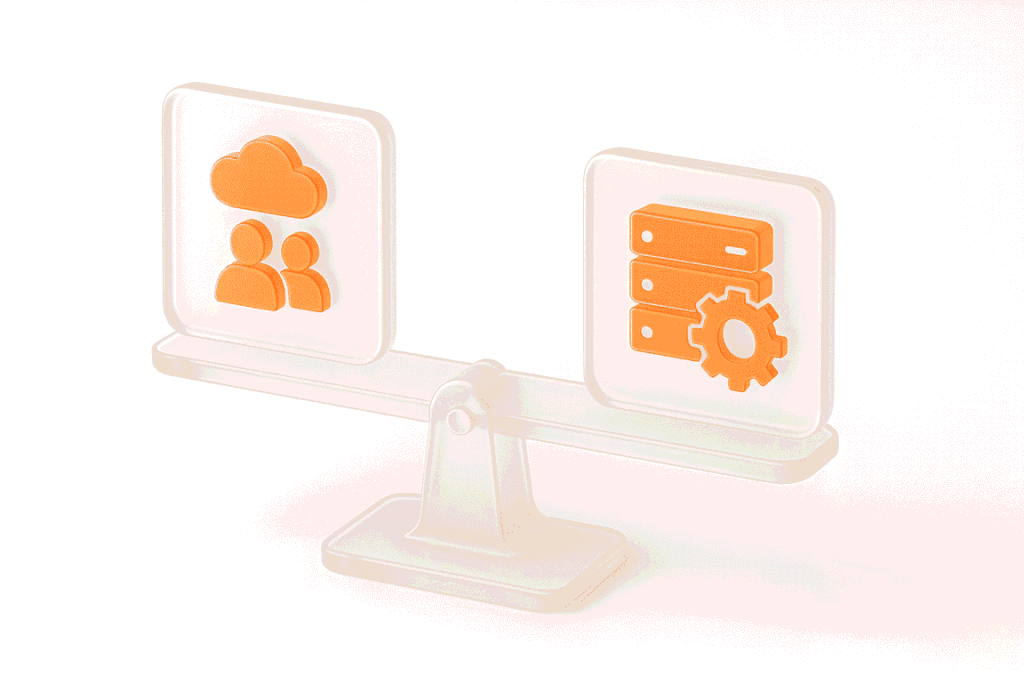The success of 26 million online retailers depends on the page load time. It significantly impacts the profitability of online services and sales, as customers don’t want to wait over three seconds to make a purchase. To ensure the desired speed, load testing is widely applied.
Common Ecommerce Problems That Can Be Solved with Load Testing
Extended Loading Time
Extended loading time impacts customer engagement, retention, and conversion rates. If a page of a platform takes more than three seconds to load, visitors get irritated and gradually lose interest in the purchase. The typical result is – a high bounce rate.
A one-second delay in page load decreases conversion rates by 7%, brings down average page views by 11%, lowers customer satisfaction by 16%, and raises a bounce rate to 90%. Load testing helps mitigate such risks in advance.
However, it is never too late to enhance the loading time.
High Users Load in Peak Seasons
During periods like Christmas, Black Friday, sales, product drop in e-commerce, websites often crash due to the influx of users. They become unresponsive to visitors trying to make purchases. Unwilling to wait, people go to other platforms, and 72% of retailers lose money. To prevent such consequences, companies get prepared for peak loads.
To improve the platform, PFLB helped Birkenstock with a detailed list of site optimization recommendations. The company implemented them, and then the PFLB team rechecked the software: the core issues turned out to be minimized, and the average response time decreased to 3 seconds and less, and the number of concurrent visitors increased from 300 to 700.
Mergers of Companies
Companies merge every day. In 2023 alone, nearly 410,000 merger and acquisition deals were detected worldwide. Meanwhile, 50% to 90% of such activities fail, with companies, especially the medium ones, unable to achieve the expected value. System-related issues are among the main causes because businesses don’t always prepare appropriately for, for instance, doubling the number of users. However, a load test of internal systems can help.
Implementations Rollout
Let’s imagine an extensive store network where software is gradually rolled out across 500 stores. Without load testing and the consequent optimization of the core system, this network can operate with glitches or slowdowns. For a business, it means a damaged reputation.
New Software Releases
New software releases can either boost one’s sales or adversely affect users. For instance, in 2022, Primark crashed after the release of the click-and-collect option. Hopefully, the company managed to solve the issue the same day, but the ones that can’t replicate and run stress tests tend to face noticeable losses.
Ecommerce Businesses That Need Load Testing
Ecommerce businesses vary in target audience, format, load, and size. Larger entities prioritize effective and frequent load testing, utilizing automation and bespoke solutions like PFLB.
Smaller clients often lack funds for load testing. When the website crashes, some manage the consequences, while others migrate to cloud services or assume that the cost of an error will not be high.
Ignoring the problem is a poor decision, which may lead to serious long-term outcomes for the business. Clients leave, and their loyalty decreases, costs grow, and damage to the brand reputation is caused. Hence, for ecommerce business, it’s better to seek assistance from outsourcing pros like PFLB in load testing.
Conclusion
More and more users prefer online shopping, causing peak load hours, days, and even weeks to the ecommerce websites and apps.
To prepare for peak load times, companies should optimize their software and ensure it stands the expected loads. The first step is implementing comprehensive load testing using reliable performance testing tools that can accurately simulate real-world traffic conditions and identify potential bottlenecks before they impact customers.
It helps to find and fix problems like slow-loading pages and prevent website crashes. When timely conducted, load testing enables businesses to operate smoothly at peak hours without any losses and increase the number of loyal customers.




